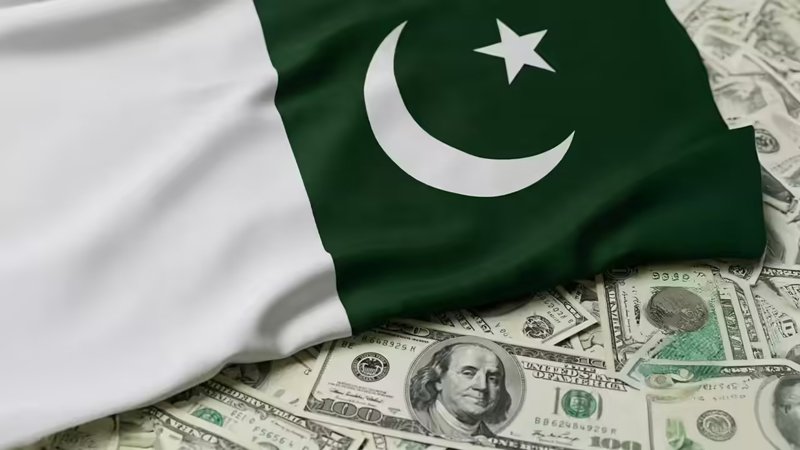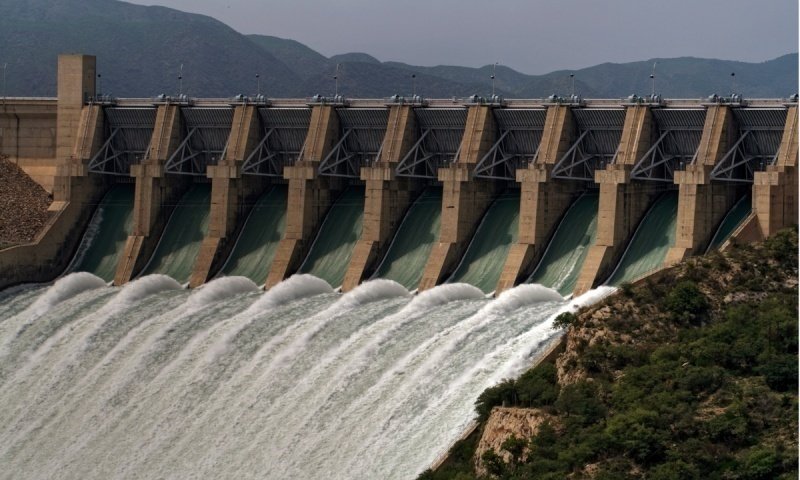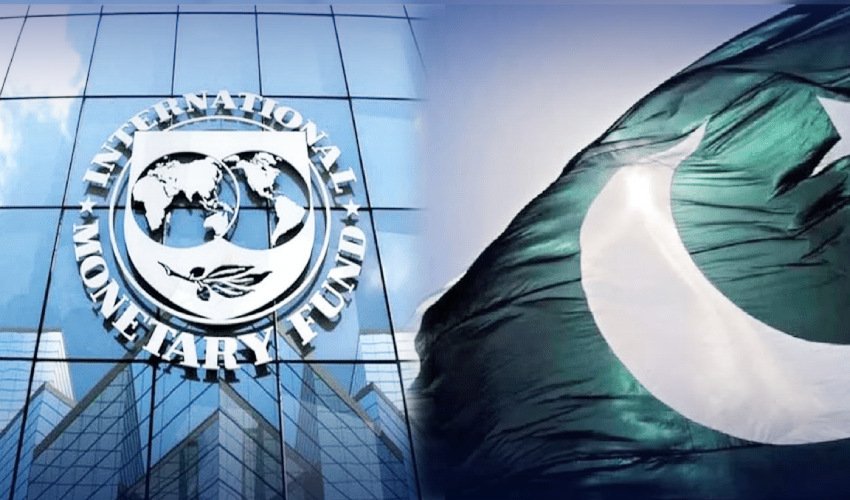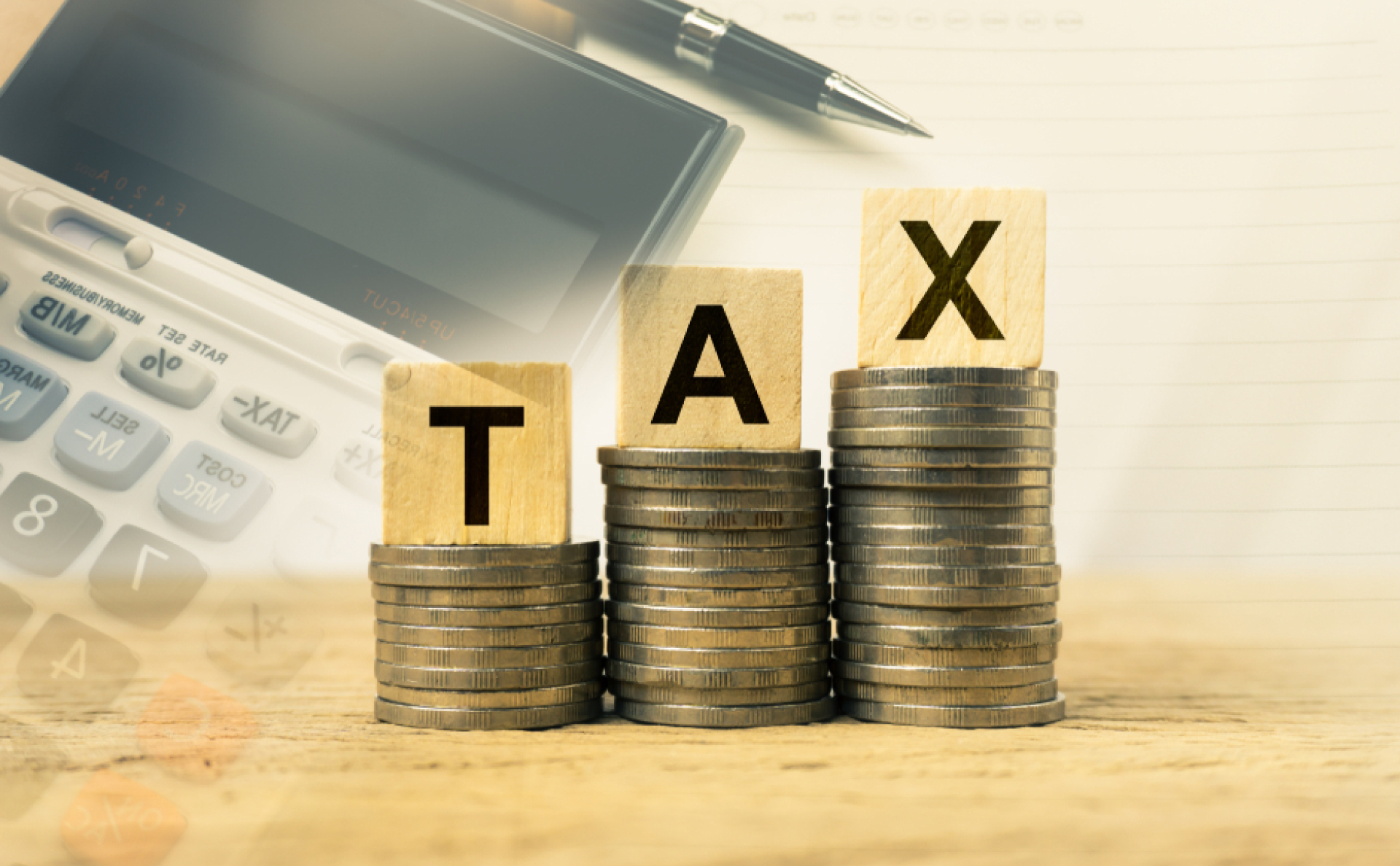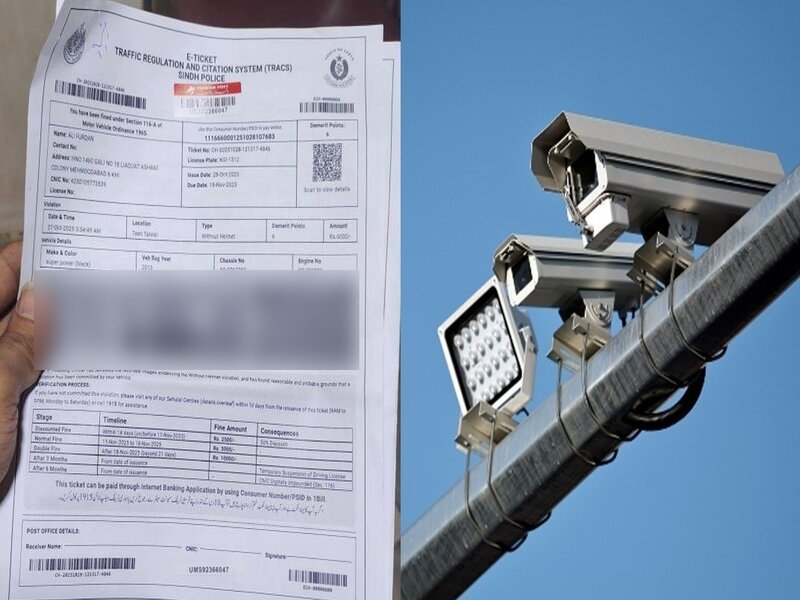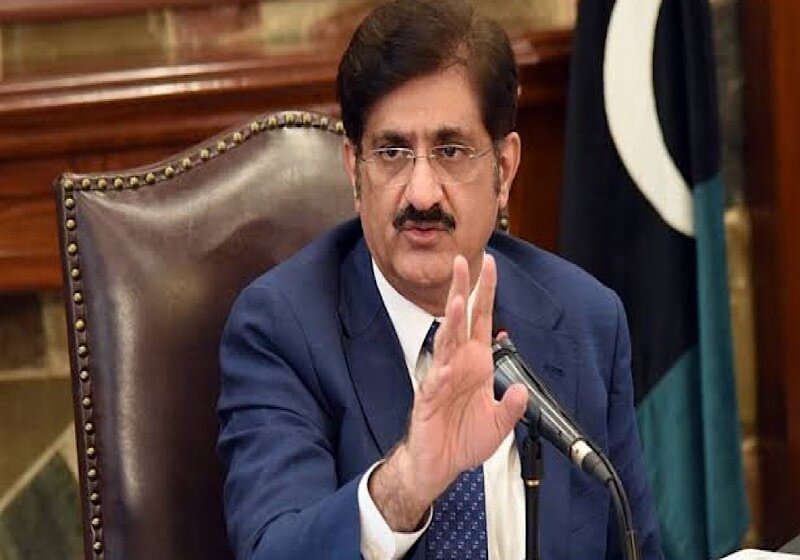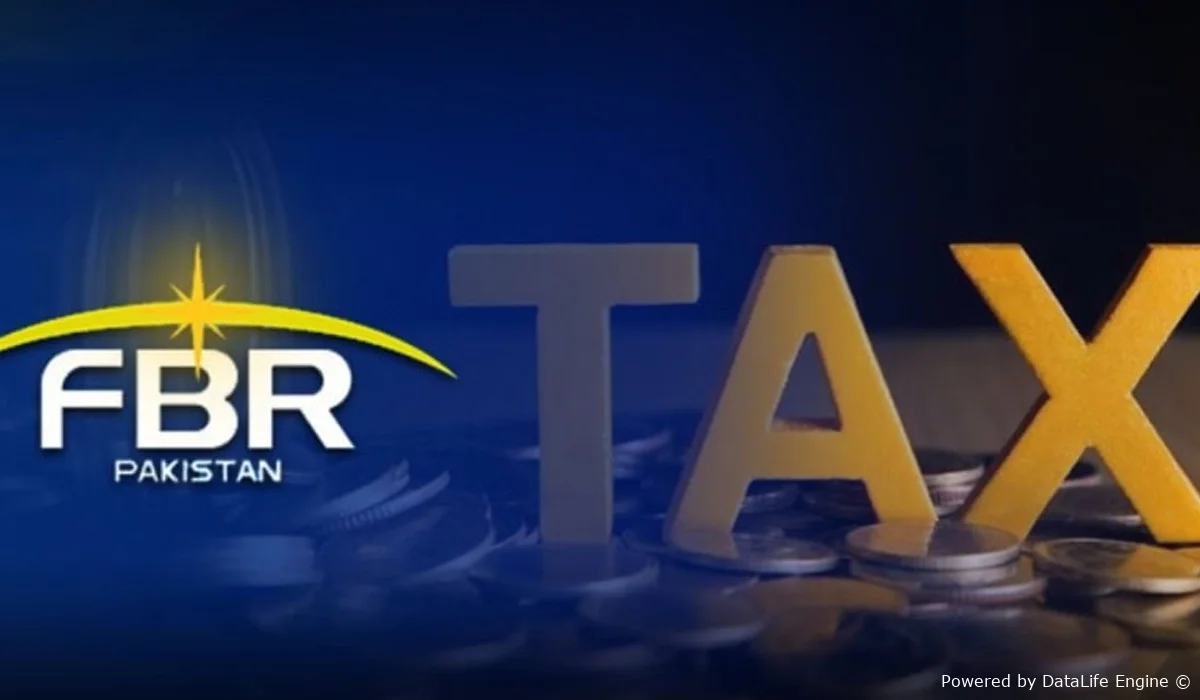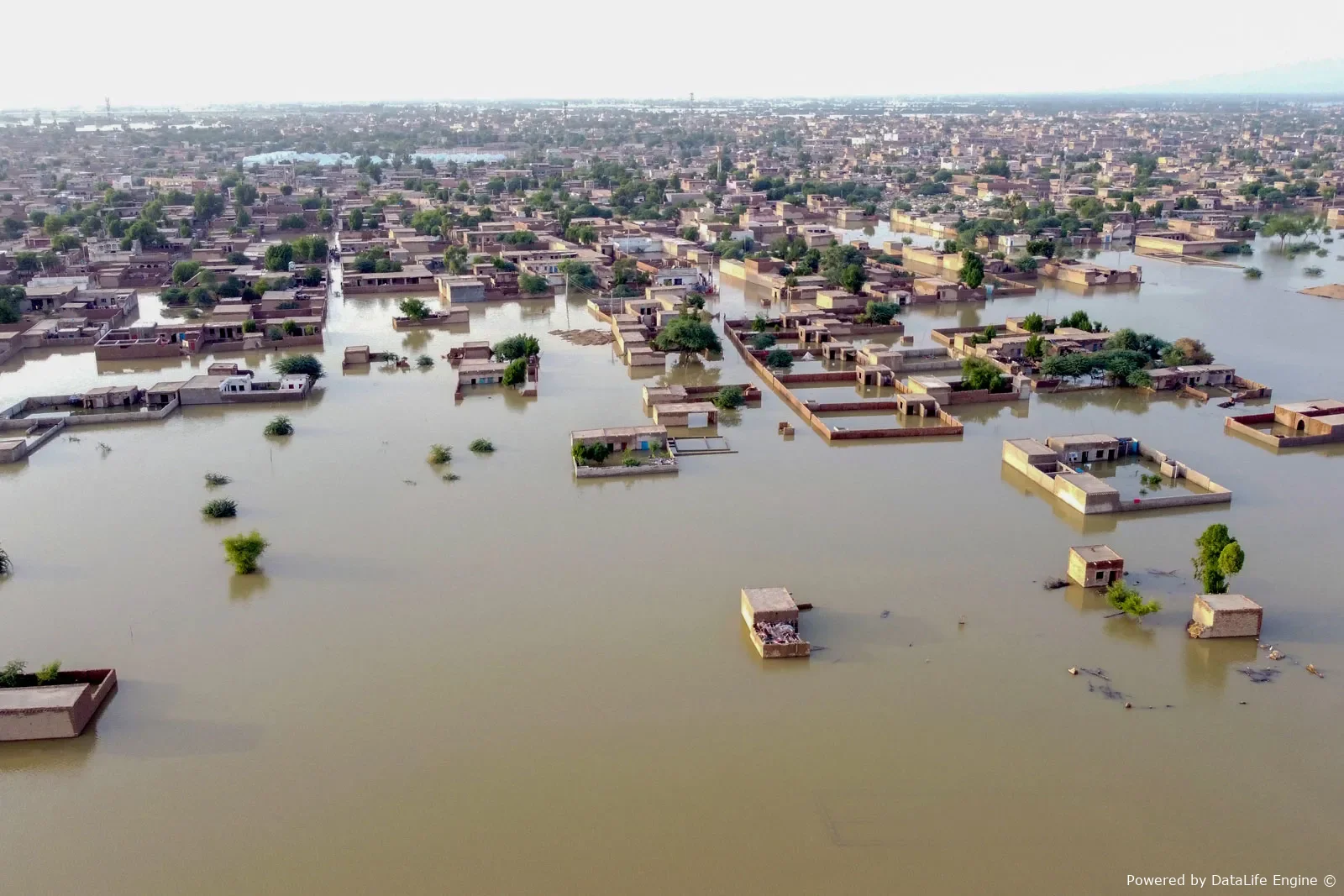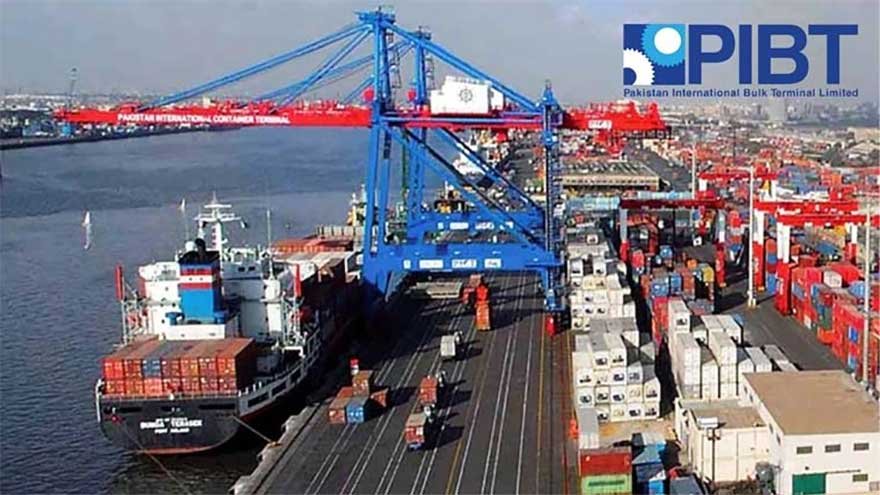Pakistan’s total public debt has surged to USD 286.83 billion, equivalent to PKR 80.6 trillion, by the end of fiscal year 2025, marking an almost 13 percent increase from the previous year. The official figures released by the Ministry of Finance highlight the growing financial burden on the national economy despite efforts to manage fiscal challenges and stabilize growth.
According to the Annual Debt Review for FY 2025, the domestic debt reached PKR 54.5 trillion, while external debt stood at PKR 26 trillion. This increase reflects Pakistan’s continued reliance on borrowing to meet budgetary needs, development projects, and international debt obligations.
The report noted that Pakistan’s public debt-to-GDP ratio rose to around 70 percent in June 2025, up from 68 percent a year earlier. The rise was mainly driven by lower-than-expected nominal GDP growth due to easing inflation and slow economic expansion, which offset fiscal consolidation efforts. Despite the increase, the domestic debt recorded the lowest annual growth rate in three years, rising by 15 percent year-on-year.
External debt grew by 6 percent year-on-year to USD 91.8 billion, supported by disbursements from the International Monetary Fund, a USD 1 billion commercial loan guaranteed by the Asian Development Bank, and inflows from other multilateral institutions including the World Bank and Islamic Development Bank.
The report further showed that 84 percent of Pakistan’s external public debt is held by the federal government, while the remaining 16 percent belongs to provincial and sub-national entities. Punjab emerged as the largest provincial borrower with USD 6.18 billion, followed by Sindh with USD 4.67 billion, which recorded the fastest growth in external borrowing during the year. Khyber Pakhtunkhwa’s debt rose to USD 2.77 billion, while Balochistan and Pakistan-occupied Kashmir reported USD 371 million and USD 281 million, respectively.
Economists have expressed concern over Pakistan’s growing debt burden, warning that rising obligations could pressure fiscal sustainability and limit future policy flexibility. However, the government maintains that ongoing reforms in debt management, improved tax collection, and better control over public spending will help stabilize the country’s financial position and ensure sustainable debt levels in the coming years.

